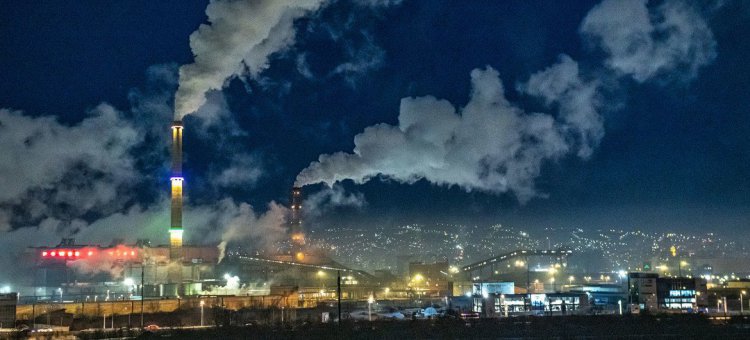
“As the globe warms, wildfires and associated air pollution are expected to increase, even under a low emissions scenario,” said WMO Secretary-General Petteri Taalas.
“In addition to human health impacts, this will also affect ecosystems as air pollutants settle from the atmosphere to Earth’s surface”.
‘Foretaste of the future’
The annual WMO Air Quality and Climate Bulletin warned that the interaction between pollution and climate change would impose a “climate penalty” for hundreds of millions of people.
In addition to reporting on the state of air quality and its close interlinkages with climate change, the Bulletin explores a range of possible air quality outcomes under high and low greenhouse gas emission scenarios.
The impact of last year’s wildfire smoke has served to augment this year’s heatwaves.
Mr. Taalas pointed to 2022 heatwaves in Europe and China, describing stable high atmospheric conditions, sunlight and low wind speeds as being “conducive to high pollution levels”.
“This is a foretaste of the future because we expect a further increase in the frequency, intensity and duration of heatwaves, which could lead to even worse air quality, a phenomenon known as the ‘climate penalty’”.
The “climate penalty” refers specifically to the increase in climate change as it impacts the air people breathe.